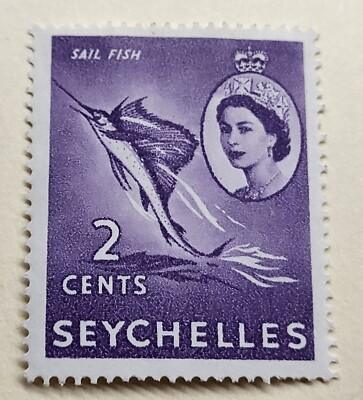A Journey Through Seychelles: Nature’s Tropical Paradise

Introduction to Seychelles
Seychelles, an archipelago of 115 islands located in the Indian Ocean, is renowned for its stunning natural beauty and rich biodiversity. The importance of Seychelles extends beyond its scenic landscapes; it plays a vital role in global conservation efforts and provides a unique ecosystem that attracts researchers, conservationists, and tourists alike. With its pristine beaches, unique granite boulders, and vibrant marine life, Seychelles has become a top destination for nature lovers and adventurers.
Geographical and Environmental Significance
The islands of Seychelles cover a total area of approximately 459 square kilometres and are situated about 1,600 kilometres off the eastern coast of Africa. The main islands, Mahé, Praslin, and La Digue, host some of the planet’s rarest species, such as the Aldabra giant tortoise and the Seychelles black parrot. The archipelago has been designated as a UNESCO World Heritage Site, particularly Aldabra Atoll, which is one of the largest raised coral atolls in the world.
Economic Impact of Tourism
Tourism is the backbone of Seychelles’ economy, accounting for over 25% of the nation’s GDP. The picturesque beaches and coral reefs draw more than 400,000 visitors annually. In light of the global pandemic, Seychelles has worked diligently to establish itself as a safe travel destination. Thanks to its vaccination initiatives, the islands are now welcoming tourists back with health protocols in place, ensuring a safe and enjoyable holiday experience.
Conservation Efforts
As a nation highly dependent on its natural resources, Seychelles has implemented numerous environmental protection measures. The government has created several marine parks and reserves aimed at conserving marine biodiversity. Additionally, the Seychelles National Parks Authority plays a crucial role in managing both terrestrial and marine parks, reinforcing the importance of sustaining these ecosystems for future generations.
Conclusion
In conclusion, Seychelles is not only a tropical paradise for tourists but also a significant area for global biodiversity and conservation efforts. As the nation continues to navigate the complexities of a post-pandemic world, it remains committed to protecting its environment while promoting tourism. Visitors can look forward to exploring the archipelago’s natural beauty while contributing to its preservation, making Seychelles a unique travel destination that prioritises sustainability and ecological integrity.
